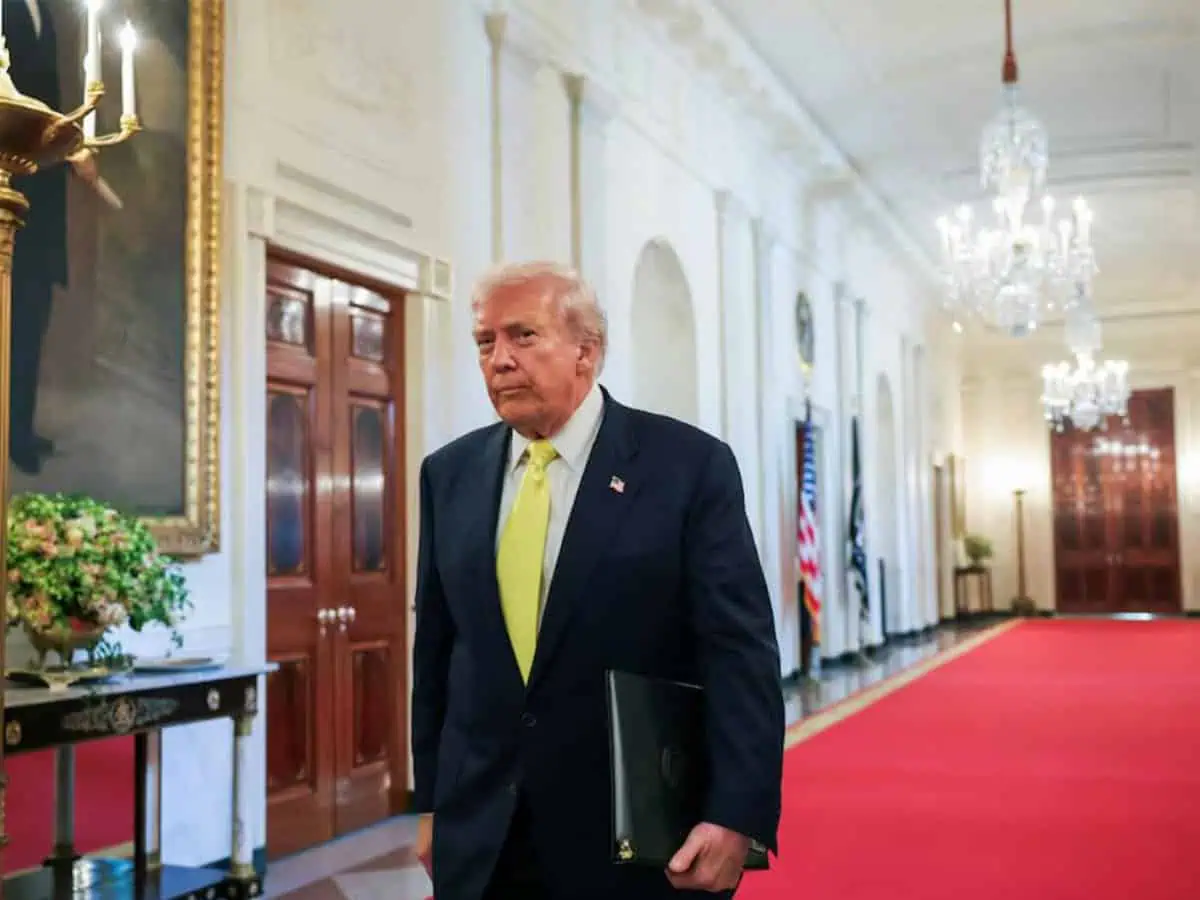The United States and China have once more prolonged their trade ceasefire, postponing a possible increase in tariffs that could have greatly impacted the global economy. In an executive order signed mere hours before the previous deal was due to end, President Donald Trump delayed the implementation of elevated tariffs on Chinese goods for another 90 days. This choice, which Beijing mirrored with a similar extension, gives both countries additional time to tackle their continuing trade disagreements and aim for a more comprehensive agreement. The action was broadly viewed as a crucial measure to avert an outright trade conflict and has been welcomed by financial markets and American companies.
The decision to delay the tariff hike is the result of months of intricate negotiations and a recognition of the significant economic fallout that would have occurred without a truce. The previous agreement, reached in May, had temporarily lowered tariffs from prohibitive triple-digit levels that had threatened to cripple trade between the two countries. The recent extension maintains the current, albeit still high, tariff rates, with the US keeping a 30% tariff on Chinese goods and China maintaining a 10% levy on American products. This temporary stability is crucial for businesses that rely on global supply chains, particularly as they prepare for the upcoming holiday shopping season.
The White House’s executive order stated that the United States continues to have discussions with China “to address the lack of trade reciprocity” and other concerns, and that Beijing has “taken significant steps” to address them. These issues include intellectual property rights, non-reciprocal trade arrangements, and government subsidies that American officials argue give Chinese companies an unfair competitive advantage. The extension is seen as a way to allow these complex negotiations to continue without the pressure of an immediate trade war. It also keeps open the possibility of a future meeting between President Trump and Chinese President Xi Jinping, which many believe is essential for a lasting resolution.
The commercial ties between the US and China involve more than just tariffs; they represent a complex network of economic, political, and strategic considerations. Tariffs have been a key component of President Trump’s trade strategy, aimed at reducing the trade deficit and bringing manufacturing jobs back to the US. Despite its goals, this approach has led to considerable challenges, with critics claiming it hasn’t secured the intended concessions from China and has allowed Beijing to have its own leverage through control over rare earth minerals and other essential exports. Extending the tariff deadline underscores the challenges of using tariffs as a negotiation tool and highlights the necessity for a more sophisticated strategy in trade discussions.
The impact of this trade truce extends far beyond the borders of the US and China. The two nations are the world’s largest economies, and their trade relationship has a profound effect on global markets and supply chains. The uncertainty created by the threat of escalating tariffs has caused volatility in financial markets and has made it difficult for businesses around the world to plan for the future. The extension of the deadline provides a much-needed period of calm, allowing for greater stability and predictability in global commerce. However, the underlying issues remain unresolved, and the possibility of a future trade war still looms.
For companies in the United States, the continuation is considered good news. Associations like the US-China Business Council have been outspoken in backing a halt to the tariff conflict, stating it is “essential” to offer the stability required for planning over medium and long terms. They are also optimistic that the discussions will result in an accord enhancing their entry into Chinese markets and eliminating some retaliatory actions that have negatively affected American exports. The trade conflict has visibly affected different areas of the US economy, including farming and manufacturing, and a permanent resolution would greatly benefit numerous American businesses.
This recent development underscores the intricate and high-stakes nature of the US-China trade relationship. While the immediate threat of a major tariff escalation has been averted, the core disagreements between the two nations are far from resolved. The next 90 days will be a crucial period for negotiators to work toward a deal that can satisfy both sides and set the foundation for a more stable and reciprocal trade relationship. The world will be watching closely as these two economic giants attempt to find a path forward that avoids a costly and damaging trade war. The future of global trade hangs in the balance, and the outcome of these talks will have a lasting impact on economies everywhere.

